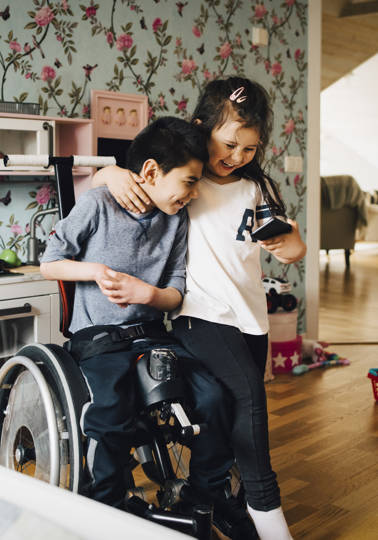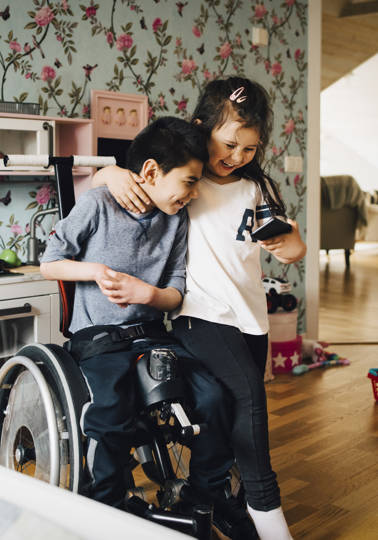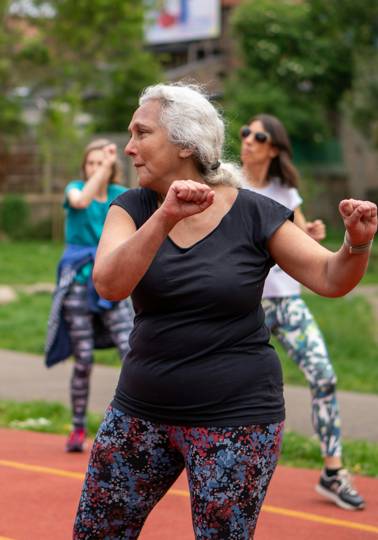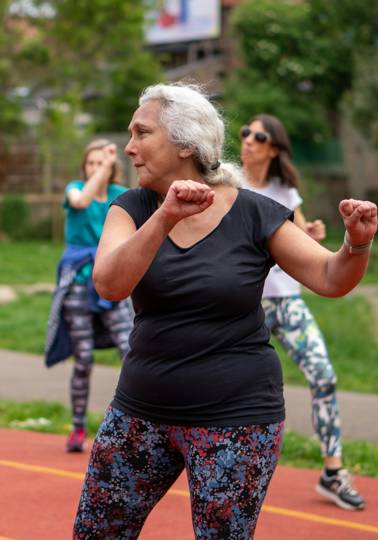Getting out mobile citizens’ vote
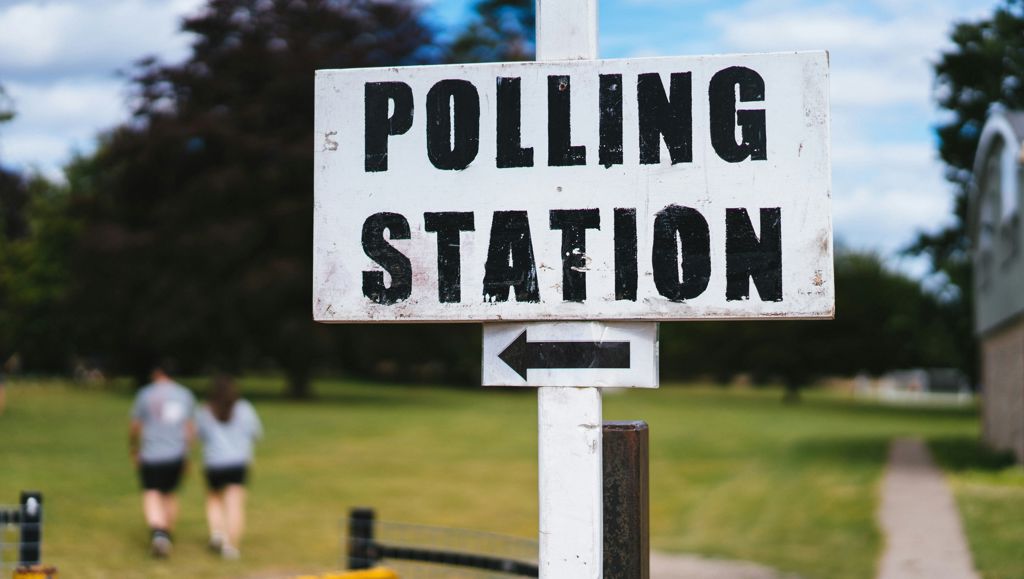
European Commission
June 2024
Question
How can we get EU citizens living abroad to vote?
Answer
By informing them about their options: why, how, where, when.
13.9 EU citizens live in another EU country. As Europe headed to the polls in June 2024, getting out their vote was a crucial challenge.
EU citizens who have chosen to move to another EU country have the right to vote in European elections as nationals of the EU country they were born in, or as residents of the country they now live in.
However, many of these ‘mobile citizens’ are not aware of the options available to them and unsure of the practical aspects, such as registration deadlines and procedures.
The European Commission’s DG Justice and Consumers decided to launch a large-scale campaign to help them make full use of their democratic right to vote in the 2024 European elections. This was the first a European campaign focused on voters outside of their country of origin.
Tipik helped them design and implement an integrated campaign spanning the crucial three months ahead of the election.
The key aims of the campaign were to close the knowledge gap and increase turnout amongst EU mobile citizens living abroad by:
- informing them about the choices available to them and
- directing them to practical information on how to vote.
Voter insights
Tipik first carried out research to identify the ten nationalities with the highest number of citizens living in another EU country and the lowest turnout in previous EU elections. This group of ten 10 nationalities - Belgian, Bulgarian, Dutch, French, German, Greek, Italian, Hungarian, Polish, and Portuguese - became the key target of the campaign.
The campaign was rolled out across all 27 EU countries and the UK in waves reflecting local deadlines for registration. It combined an influencer event with organic and paid strategies on social media, targeting potential voters between 18 and 55 years.
Influencing influencers
To reach out to young voters less likely to stay informed through traditional media channels, we brought a group of selected content creators on board.
During an event on 3-4 May in Brussels, they were briefed on the issues at stake in a creative and playful manner. They came away from the event with a clear vision of how they could make a difference for the future of Europe by engaging on the topic with their audiences.
Going local
In addition to this collaboration, we also mapped relevant Facebook groups where targeted content was posted at strategic moments in the run-up to the elections.
For the paid campaign, we created 117 assets, including three videos, which were promoted on Facebook and Instagram. We made sure these effectively reached their audience by tailoring messages to local contexts and translating them into different EU languages. Continuous multilingual community management helped manage any risks linked to a politically sensitive campaign.
Seen, heard, converted
Despite its complex setup, the campaign performed extremely well. Bringing together multidisciplinary expertise and taking a collaborative approach to each step of the campaign, we fostered collective intelligence and delivered a bespoke campaign that clearly spoke to its target audiences.
In total, we reached over 21 million mobile citizens. The videos were viewed more than 16 million times and attracted almost 9 000 comment which were individually managed around the clock by our social media managers.
As we move on from the elections’ results, the messages from the campaign continue to resonate: it’s up to all of us to shape the future of EU democracy.






